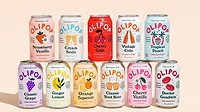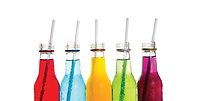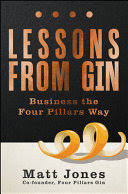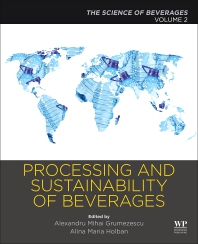FMCG Gurus Trend Watch: Hot & Soft Drinks in 2024
Rising prices impact how consumers approach indulgences

(Image courtesy of Getty Images)
There has been a rise in weekly consumption of hot coffee specialties, influenced by the current cost-of-living crisis driving consumers to seek affordable luxuries.
Furthermore, there has been an impact from rising prices on luxury-related beverage categories and a shift toward more economical alternatives in the soft drink category, as well as the decline in health-based beverage consumption amidst financial constraints and changing consumer priorities.
The shift in hot drinks consumption habits
Many individuals have established a regular habit of consuming hot coffee specialties, resulting in a stable pattern in the consumption of hot coffee and hot black tea during the past few years.
While the numbers for hot green tea and hot chocolate consumption have remained relatively consistent, there has been a noticeable rise in the percentage of people indulging in coffee specialties on a weekly basis. For instance, FMCG Gurus’ consumer insights indicate that the number of consumers who turned to hot coffee specialties weekly increased by 10% between 2021 and 2024, highlighting a growing preference for these beverages.
This shift is partly influenced by the current cost-of-living crisis, driving consumers to seek small, affordable luxuries as a means of escapism and reward. This presents a significant opportunity for innovation in promoting superior quality ingredients and unique flavors in order to capture consumer attention and influence their perception of value.
The interconnection between rising prices, consumer behavior and indulgence in beverage categories
The price surge in luxury-related product categories such as hot chocolate and specialty coffees is impacting consumer behaviors, particularly as many individuals navigate financial challenges.
While the percentage of individuals indulging in these products weekly has increased over the past three years, there is a divide in consumption trends. Some consumers are increasing their consumption, while others are scaling back, reflecting a shift in spending patterns as individuals prioritize affordability. This underscores the need for products in these categories to align with fundamental consumer needs to effectively shape perceptions of value and necessity.
Soft drinks: A shift toward cordials, squashes and syrups
Soft drink consumption patterns have witnessed a notable change — with an increasing number of consumers turning to cordials, squashes and syrups on a weekly basis — reflecting a preference for a more economical alternative to juice amidst a period of price inflation and financial constraints. This shift presents an opportunity for the industry to focus on affordable innovation to challenge consumer perceptions and associations with cordials.
The decline in health-based beverage consumption
There has been a decrease in the percentage of consumers regularly consuming health-oriented beverages, particularly noticeable in the functional juice and water category. This trend can be attributed to reduced concerns about COVID-19's influence on purchasing behavior, as well as the premium pricing of healthy beverages during a time of heightened financial constraints.
As a result, consumers are taking a more deliberate approach to health and wellness products, scrutinizing their effectiveness, essential nature and value for money. Brands in this market must ensure that their products align with consumer needs and expectations in terms of claims, formats and product attributes to navigate the evolving landscape of beverage consumption.
This article is based on FMCG Gurus: Hot Drinks & Soft Drinks – Country Reports 2024. For more information, contact at info@fmcggurus.com.
Looking for a reprint of this article?
From high-res PDFs to custom plaques, order your copy today!








